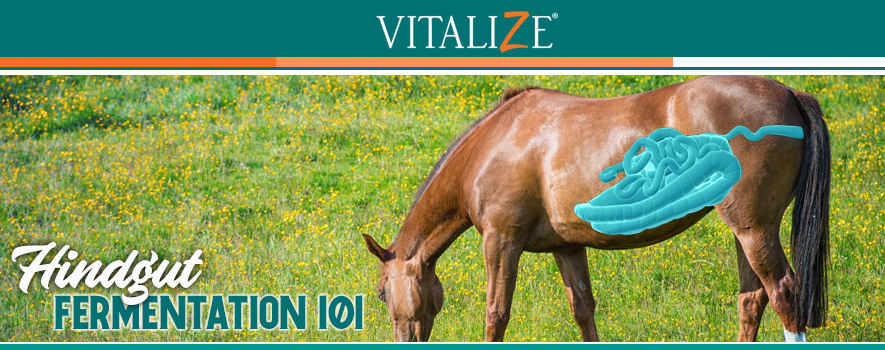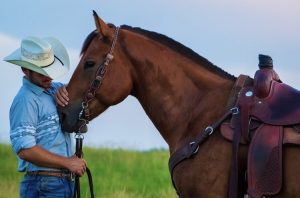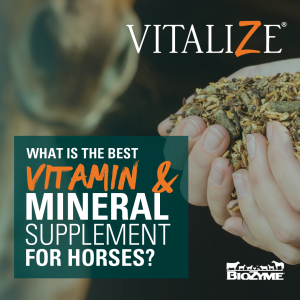Horses are hindgut fermenters. What does this mean, exactly? To most, this simply means the fecal matter you clean up comes packaged in nice little balls. But it is a bit more complex than that. Let’s dive into the details of hindgut fermentation so you can better understand and improve your horse’s digestive health.
What is Hindgut Fermentation?
Rhinos, rabbits, some rodents, koalas and horses are all hindgut fermenters. To break down this term, you must first understand the anatomy of the equine digestive system. So, if you missed last week’s blog about Understanding the Equine Digestive System, go read it now!
In last week’s blog, you learned the digestive system is broken into the foregut (the stomach and the small intestine) and hindgut (the cecum and the colon). The foregut—immediately following the esophagus—is where grain can be broken down through the digestive enzymes in the stomach and further absorbed in the small intestine. The hindgut—succeeding the small intestine toward the back of the horse—is where fermentation of cellulose, or fiber, occurs. Because this fiber (aka your horse’s hay) cannot be digested by the foregut’s enzymes, it is instead sent to the hindgut and processed using the body’s symbiotic microorganisms, more commonly known as the “bugs” in the gut. This digestion of feed in the cecum and colon by the animal’s microbes is known as hindgut fermentation and is a vital part of your horse’s digestion and health.
Why does this matter?
Things typically go wrong in the hindgut, which is why this area tends to get a bad rap. The problem is when we feed our horses too much concentrated grain, the foregut cannot process the amount it is given. If you read last week’s blog, you know that the horse’s stomach is about the size of a football and can only hold about 2-3 gallons at one time. Things go awry when that undigested feed gets pushed into the hindgut, where it doesn’t belong. Because the hindgut is made solely for fermentation, having undigested grains inside it is a big no-no and can lead to a drop in the pH causing conditions like laminitis, colic, hindgut ulcers or acidosis. The practice of feeding large amounts of grain combined with this small margin for error explains why digestive upset is so prevalent in the competition horse.
How can you help?
Because we have disrupted the horse’s natural grazing pattern and asked him to live the competition lifestyle, we must now work to proactively control our management programs. Here are some ways you can help your horse win the game against digestive upset:
- Feed smaller meals often. Feed your horse 3-4 times each day, if possible, since the stomach is so small. This will help reduce the overflow of grains into the hindgut.
- Ensure your horse has free-choice hay.The equine digestive tract was created to slowly graze throughout the day, so having free-choice hay helps reduce digestive upset.
- Reduce unnecessary stress. When your horse is stressed, he goes into “fight or flight” mode, otherwise known as stimulating the sympathetic nervous system. In this situation the body will inhibit digestion and prioritize organs like the heart, since it is more vital if, for example, the horse needed to outrun a lion. Our goal is to keep digestion running smoothly at all times, so reducing stimulating stressors is key to a happy animal.
- Add a research-backed digestive health supplement. Maintaining more good bugs in the gut than bad ones will help your horse ferment his feed effectively and reduce fluctuations in the gut pH that cause digestive issues. By incorporating a research-backed supplement to your program, like Vitalize products, you can assist your horse in keeping a balanced gut.
These proactive management practices mentioned above paired with Vitalize products, which actively work to keep the “bugs” in the gut in check, create the perfect recipe for #agoodgutfeeling.


